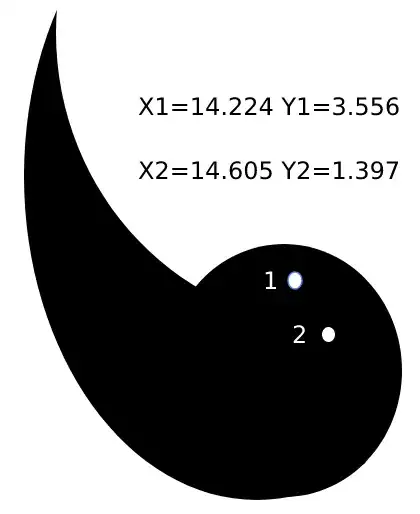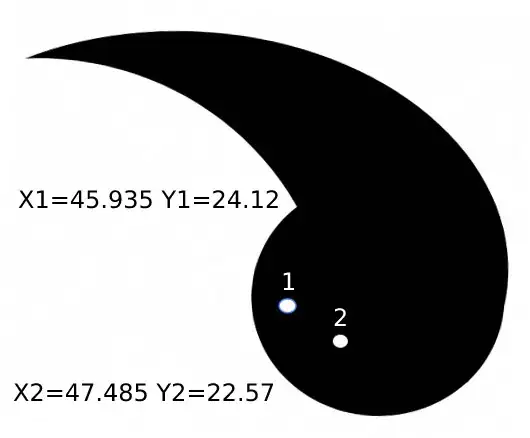I'm working on a circuit where I copies part of the design, flips it, moves it and rotates it.
The problem is that I did all this manually and don't remember how.
To illustrate, here is the starting position:

Now, the final position after the vertical flip, then the rotation and displacement, looks like a mirror of some unknown axe.

The only known information is the before and after coordinates. I'd like to use them to determine the position of a new point.